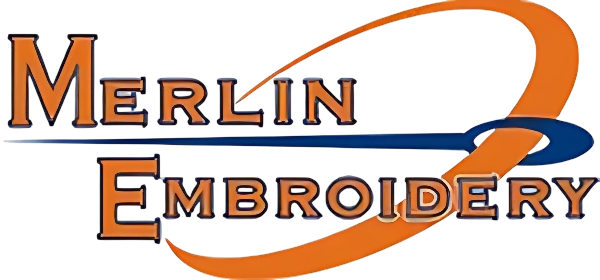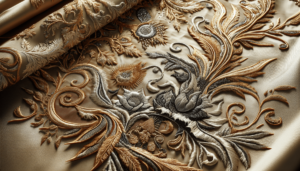The Craftsmanship Behind Hand-Finished Embroidery: Why It Matters
Have you ever wondered what goes into creating those stunning, intricate designs on fabric that make clothes, accessories, and home decor pieces so special? Let’s dive into the world of hand-finished embroidery and why it’s a craft that continues to be cherished and celebrated worldwide.
The Craftsmanship Behind Hand-Finished Embroidery: Why It Matters
Embroidery has been around for centuries, long before the advent of sewing machines and industrial techniques. But what makes hand-finished embroidery so distinctive and valuable? Let’s unravel the threads of this age-old craft to understand its enduring appeal.
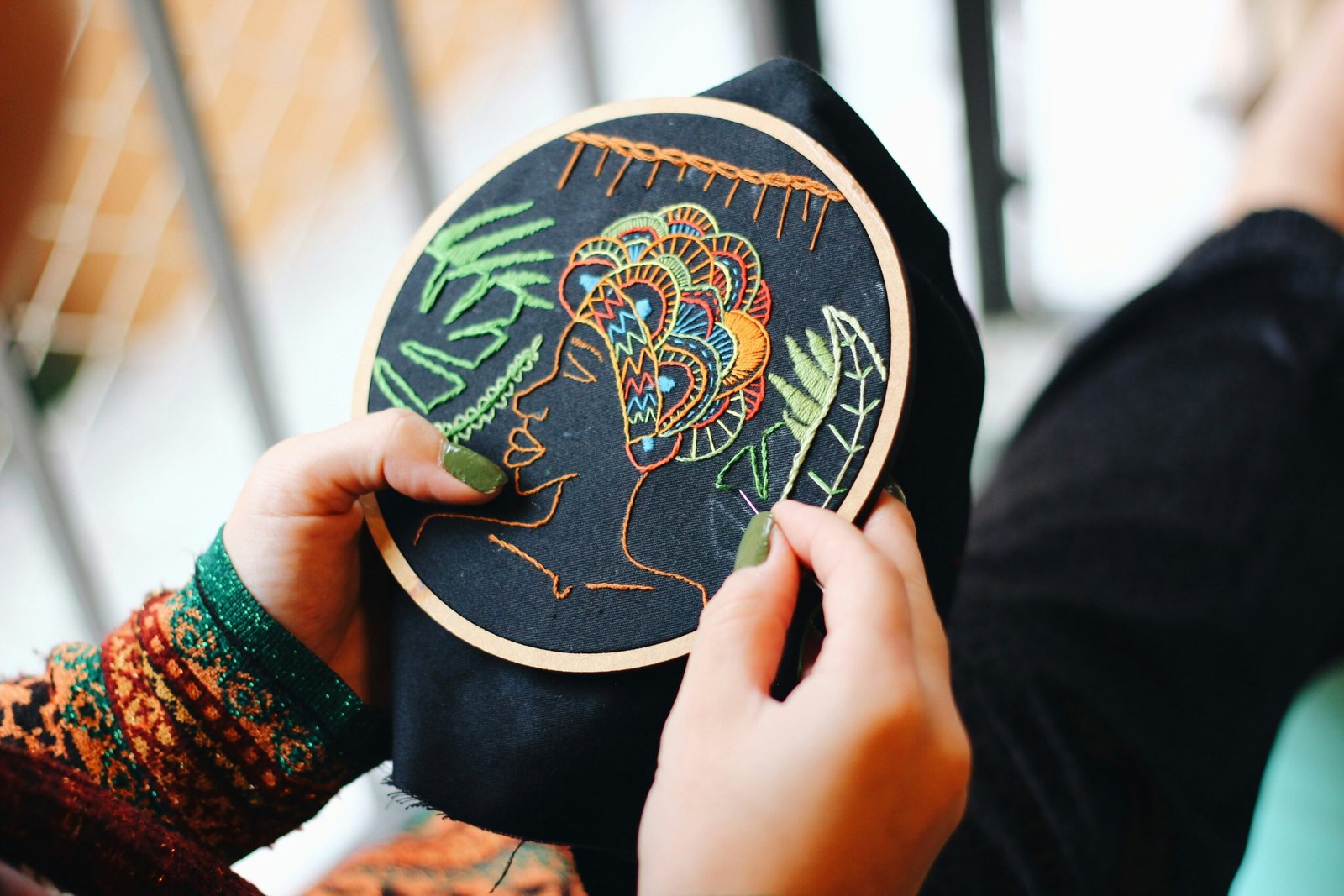
This image is property of images.unsplash.com.
What is Hand-Finished Embroidery?
Imagine a skilled artisan meticulously working with needle and thread to bring a design to life on a piece of fabric. Hand-finished embroidery involves creating these designs entirely by hand, or finishing machine-created designs by adding intricate details manually. This hands-on approach sets it apart from mass-produced embroidery and imbues each piece with a unique touch.
The Historical Significance
Embroidery has roots that trace back thousands of years, with evidence found in ancient Egypt, China, and India. These cultures used embroidery not just to adorn their clothing but also to tell stories, denote social status, and pass down traditions.
Why Hand-Finished Embroidery Still Matters Today
There’s something indescribably special about items crafted by human hands. They carry a sense of history, intention, and personalized care that machines simply can’t replicate. This is one of the key reasons why hand-finished embroidery remains highly valued today.
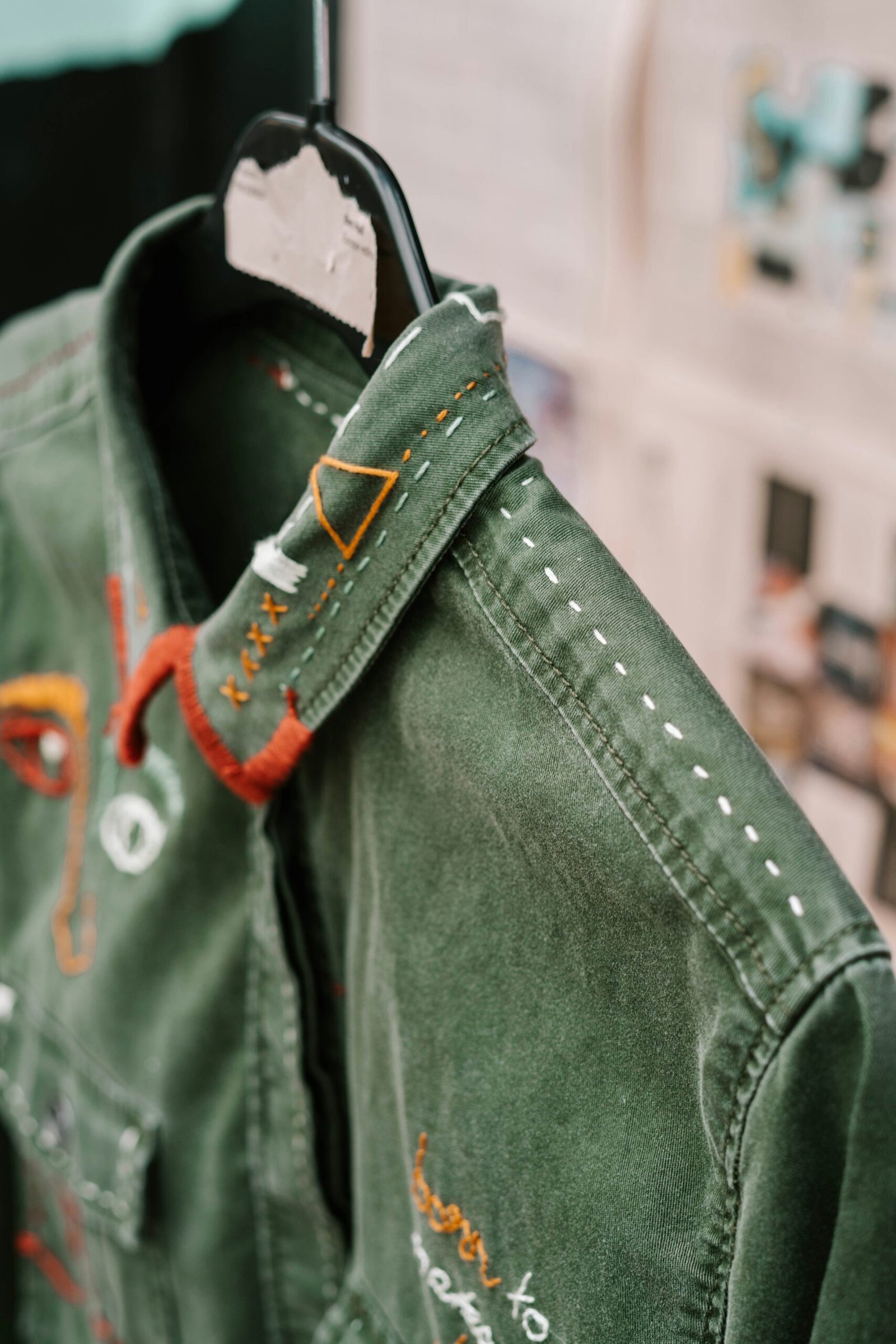
This image is property of images.unsplash.com.
Attention to Detail
Every hand-finished piece tells its own story. The artisan’s expertise transforms a simple piece of fabric into a work of art. The time, patience, and skill involved ensure exceptional quality and intricate detail that stands out from mass-produced counterparts.
| Aspect | Hand-Finished Embroidery | Machine-Made Embroidery |
|---|---|---|
| Detail Level | Exceptionally high due to individual attention | Limited to preset machine capabilities |
| Uniqueness | Every piece is unique | Often lacks individuality |
| Emotional Value | High emotional quotient | Generally lower emotional value |
Techniques Used in Hand-Finished Embroidery
Knowing the techniques involved helps to appreciate the craftsmanship. Here are some common stitches and methods used in hand-finished embroidery:
Running Stitch
This is the most basic of all stitches where the needle and thread are simply passed through the fabric, creating a series of dashes. It can be used for outlining shapes or as a filling stitch.
Backstitch
As the name suggests, the backstitch involves stitching backward on the fabric to create a continuous line. This technique is particularly useful for outlining designs and adding detail.
Satin Stitch
This stitch is used to fill in shapes with smooth, even coverage. The artisan meticulously threads needle in and out of the fabric, ensuring each stitch lies flush against the previous one.
Cross-Stitch
One of the oldest forms of embroidery, cross-stitch involves forming X-shaped stitches on the fabric. It’s a versatile stitch often used to fill large areas or create intricate patterns.
Modern Adaptations of Traditional Techniques
Though grounded in tradition, hand-finished embroidery techniques have evolved over the years. Modern artisans often incorporate contemporary materials and designs, keeping the craft relevant and exciting.
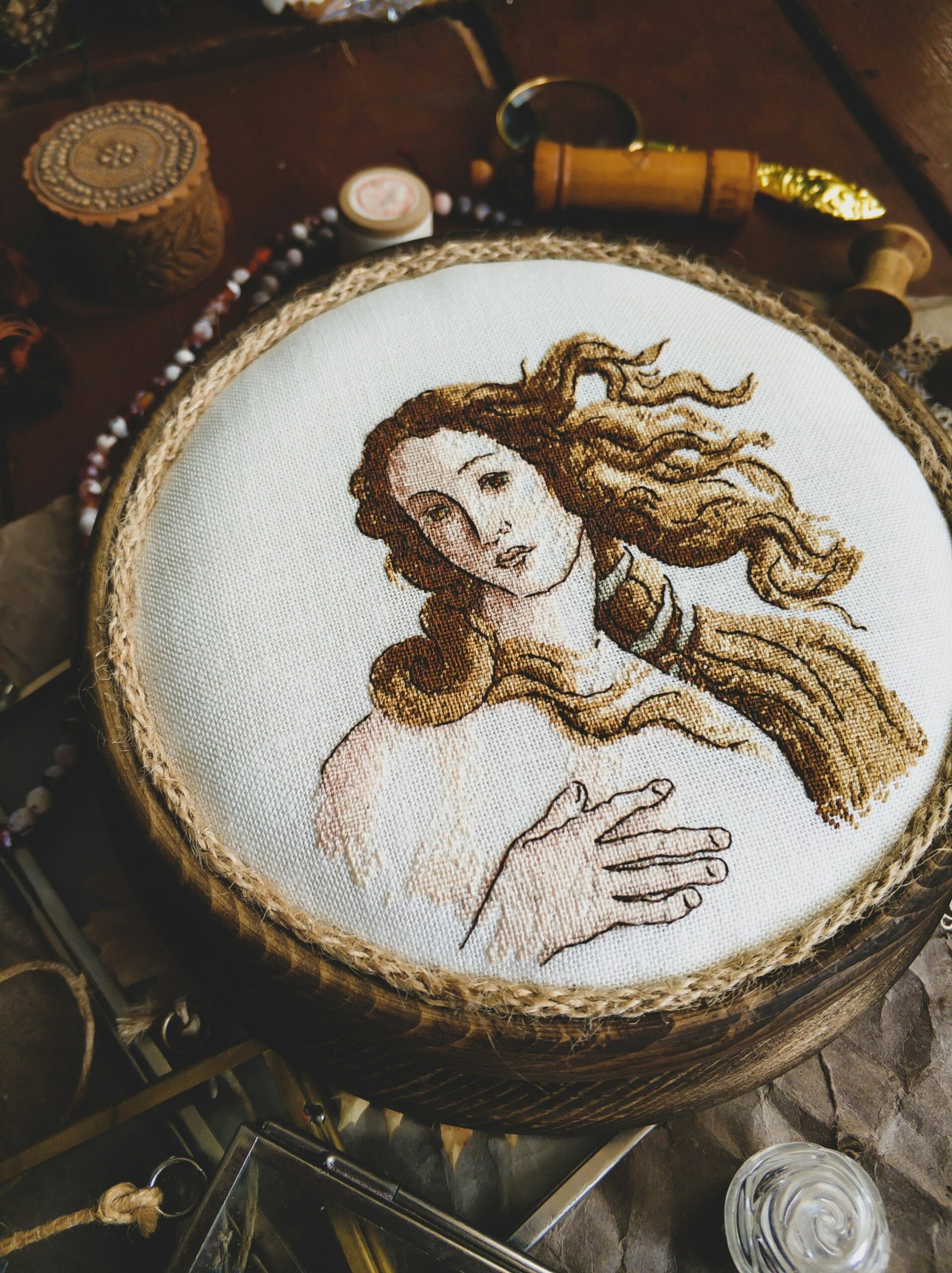
This image is property of images.unsplash.com.
The Material Matters
The choice of material is crucial in hand-finished embroidery. Traditionally, artisans have used natural fibers like cotton, silk, and linen, but modern renditions may also incorporate synthetic fabrics.
Threads
The thread plays a monumental role in how the final piece looks. Silk threads are known for their sheen and smoothness, while cotton threads provide a more matte finish. Metallic threads add a touch of glamour and are often used for special occasions or decorative pieces.
Sustainability and Hand-Finished Embroidery
One of the more compelling reasons why hand-finished embroidery is important today is its sustainability. Unlike machine-made products that often involve harmful production processes, hand-finished embroideries generally have a smaller carbon footprint. Here’s why:
- Natural Materials: They often use eco-friendly materials like organic cotton and natural dyes.
- Slow Fashion: Handcrafted items encourage people to buy less but better, reducing the overall demand for fast fashion.
- Long Durability: High-quality materials and meticulous craftsmanship make these items last longer.
Customization and Personalization
Hand-finished embroidery adds a level of personalization that is rarely matched by mass-produced items. Want your initials on a handkerchief? Or a unique design made to commemorate a special event? Artisans can tailor pieces to your exact specifications, making them truly one-of-a-kind.
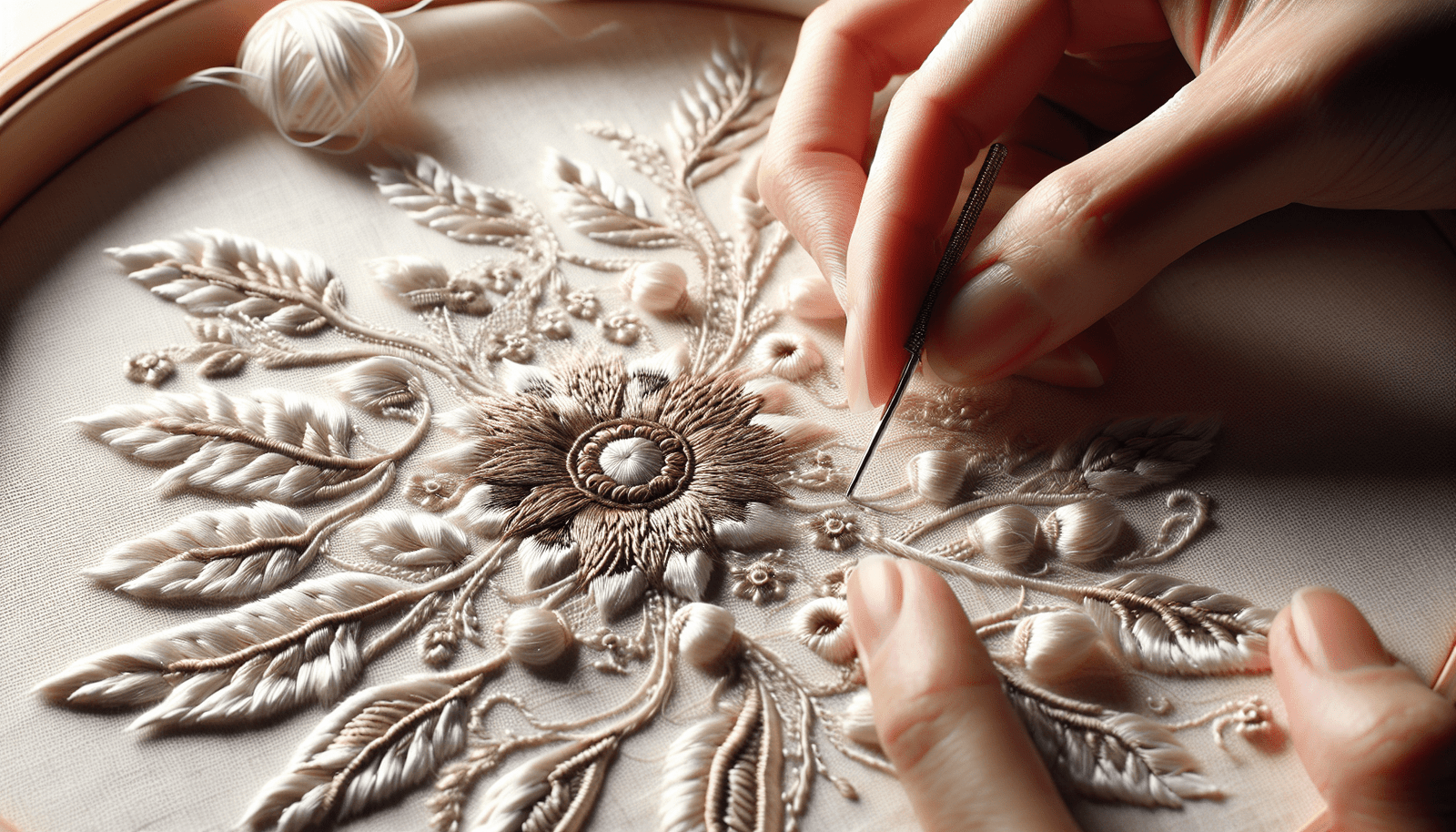
Challenges Artisans Face
Creating hand-finished embroidery is not without its challenges. It’s a labor-intensive and time-consuming process that requires immense patience and skill. Additionally, artisans face competition from fast fashion and machine-made embroideries that are cheaper and quicker to produce.
Supporting the Craft
As a consumer, you can be a patron of this ancient craft:
- Buy Handcrafted Items: Whenever possible, opt for hand-finished embroidered items.
- Educate Yourself and Others: The more people know about the craftsmanship that goes into these items, the more they’ll appreciate and support it.
- Spread the Word: Share your knowledge and experiences with hand-finished embroidery on social media, or by word of mouth.
Why Quality Matters
Hand-finished embroidery is synonymous with high quality. Unlike mass-produced items, the attention to detail and the time invested in each piece ensure superior craftsmanship.
Durability
Quality embroidery is not just about aesthetics; it’s also about longevity. Hand-finished pieces are designed to last, often becoming cherished family heirlooms passed down through generations.
Technique Matters
The various techniques employed in hand-finished embroidery add layers of complexity and depth to each piece, making them not just decorative but also resilient.
The Emotional and Cultural Significance
Beyond the technical skills and raw materials, hand-finished embroidery carries emotional and cultural weight. It’s often integrated into life’s significant moments—weddings, births, anniversaries.
Global Traditions
Different cultures have their unique styles and methods of embroidery, adding to the universality yet diversity of the craft. For example:
- Japanese Sashiko: Known for its geometric patterns and functional artistry.
- Indian Zardozi: Renowned for its opulence and intricate metallic threads.
- Mexican Otomi: Famous for its vibrant colors and nature-inspired designs.
A Celebration of Human Skill
Each piece of hand-finished embroidery is a testament to the artisan’s skill and creativity. Unlike machine-made items, these pieces reflect the thoughtful choices and personal flare of the creator.
Conclusion: Why Does Hand-Finished Embroidery Matter?
In a world increasingly dominated by mass production, hand-finished embroidery serves as a poignant reminder of the value of time, skill, and human touch. Supporting this craft means valuing quality over quantity, and tradition over transient trends. So next time you find yourself admiring an embroidered piece, remember that you’re looking at more than just fabric and thread—you’re witnessing a timeless craft that continues to enrich our lives in profound ways.
Final Thoughts
Embracing hand-finished embroidery is about more than just appreciating beautiful craftsmanship. It’s about recognizing and valuing the human effort, tradition, and sustainability behind each intricately designed piece. By choosing these works of art, you contribute to the preservation of a time-honored craft and support artisans who pour their heart and soul into every stitch. So, the next time you encounter a hand-finished embroidered piece, take a moment to cherish the artistry and effort it represents.
